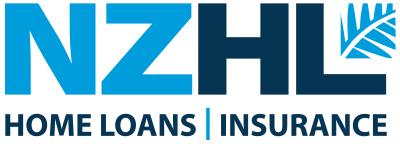In my recent article I spoke about the impact of the OCR if you are floating. Today I’ll address those who have a fixed mortgage. If you fixed your loan last year interest rates on offer were likely in the 5.8%-6.5% range, they have now dropped to the 4.7% to 5.5% range, so almost a percent lower. Many people will be considering whether to break their loans or not. I’ve been asked to look at break costs recently so I will go through a couple of real examples. These are from two different banks and be aware that break costs can differ between each lending institution. Both examples I’m using are fixed rate loans that would otherwise end in May 2017, so a further 21 months.
A) $175,169 loan with a $2,315 breakcost currently fixed at 6.25%
B) $360,750 loan with a $7,803 breakcost currently fixed at 6.2%
If the decision was to break and then fix straight away at 4.8% for 2 years we can calculate the interest rate savings over the next 21 months and see if there is an obvious choice there. The calculation will include the original loan plus the breakcost added. So Loan A is $175,169 with a breakcost of $2,315 – new calculation will be $177,934 (175,169+2,315)
Loan A) Total interest cost for next 21 months: $19,159.
Break and refix at 4.8%: $177,934 interest cost for next 21 months = $14,946 + break cost $2,315= $17,261 total cost
Loan B) Total interest cost for next 21 months: $39,141
Break and refix 4.8%: $368,553 interest cost for next 21 months = $30,958 + break cost $7,803= $38,761 total cost
So in both scenarios there is some savings in breaking, more so option A ($1,898) than B ($380). However in both scenarios as there is a savings those savings could be used to accelerate loan repayments. This should be the real focus of any decision to break your mortgage, how can you take advantage of these low rates to boost your financial position. Because if all you do is break your loan then refix you have probably slightly improved your cash flow for that timeframe but have not made any lasting improvements.
If you are considering breaking your loan a good strategy may be to break now (as any further OCR drops will likely increase your break costs) but float for a while. The floating strategy will give you time to see if there are further drops in fixed rates to improve your savings.
Whenever you are looking at breaking a loan it is worth remembering there is always a cost to break, but there is also a cost to stay, which may not be as obvious.
The information contained in this article is of a general nature and should not be taken as advice. It reflects the opinions of the writer only and does not necessarily reflect the opinions of New Zealand Home Loans.










